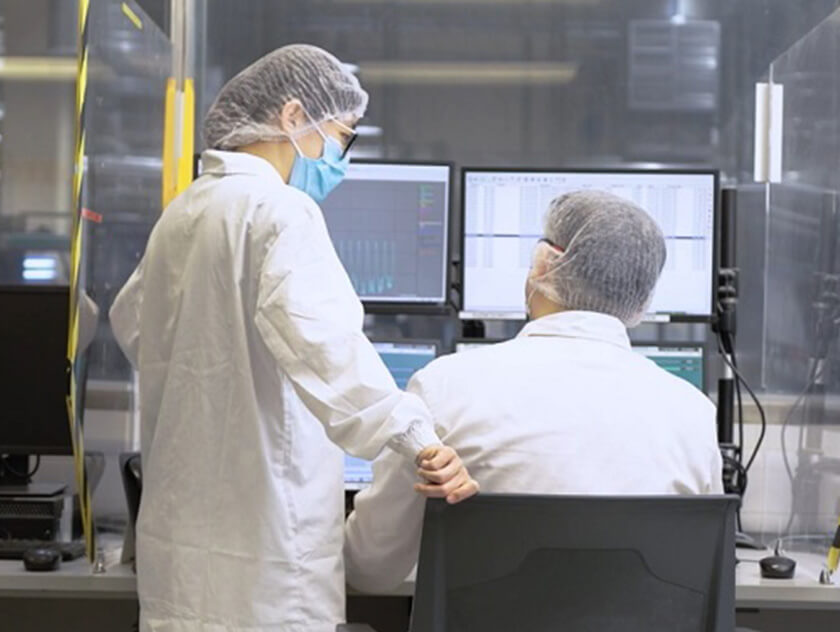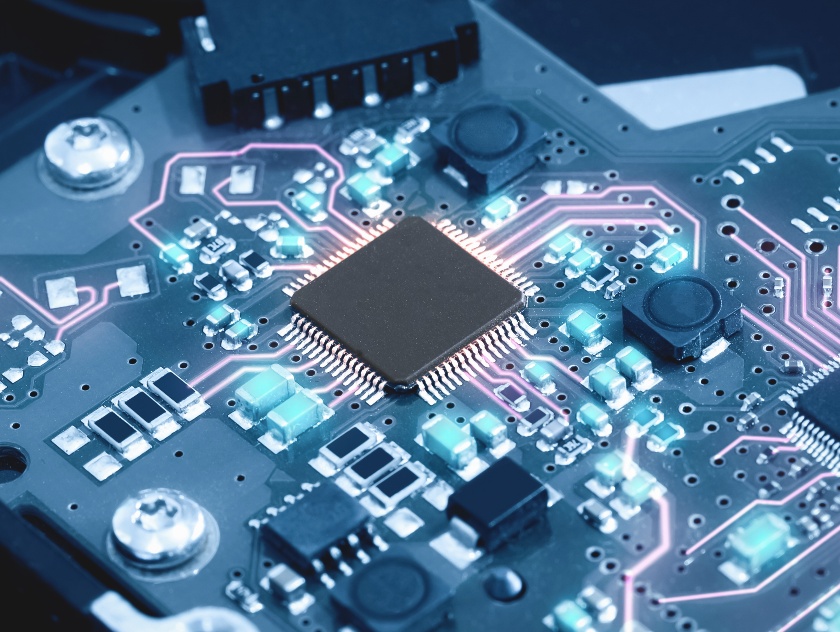
More greenery, covered walkways and cycling paths among upgrades to work environment
Initiatives are being rolled out to improve conditions in the electronics industry with the aim of attracting more workers and boosting growth opportunities in the sector.
Industrial landlord JTC Corporation unveiled plans yesterday to spruce up wafer fabrication parks.
The four wafer fab parks here - in the North Coast, Woodlands, Tampines and Pasir Ris - are home to the country's semiconductor and electronics industries, and accommodate 14 global semiconductor firms and over 18,600 workers.
The enhancements will be rolled out across the parks progressively from this year to 2025, JTC said at the Electronics Industry Day event.
One involves wafer fab parks taking on a new identity with rebranded signage by the middle of this year.
They will also feature wafer and integrated circuit designs to bring out the unique identity of each estate as an attractive work destination.
New covered walkways and cycling paths for the Pasir Ris and Tampines parks will be ready by 2023 to improve accessibility and connectivity within the estates and to nearby amenities and transport nodes, JTC added.
It is also working with the National Parks Board to refresh the roads and pedestrian walkways with more greenery in phases by 2023. The first phase of roadside enhancements in the Pasir Ris wafer fab park will be completed by the end of this year.
JTC biomedical and electronics cluster director Cheong Wee Lee said at the industry event: "The electronics sector continues to see positive growth and good job opportunities even in the midst of the pandemic
"The transformation of industrial estates like JTC's wafer fab parks with more greenery and cycling paths will also be an added advantage in creating a more attractive work environment."
Minister of State for Trade and Industry Alvin Tan added: "Often, the working environment in electronics can be sterile with various 'clean' rooms.
"This is important to maintain quality control in our production of various circuits and chips.
"However, we know also that many of our younger workers today prefer a more vibrant and green environment."
He noted that continuing to attract Singaporeans to the sector is vital as the industry grows.
It now employs around 70,500 workers and contributes 39 per cent of manufacturing gross domestic product.
There are also more than 2,800 jobs and training opportunities being offered by around 130 companies, with openings along the value chain from technical and innovation engineers, to process and operations, and global supply chain roles.
Mr Tan added that trade bodies like the Singapore Semiconductor Industry Association (SSIA) also play a vital role in partnering companies, academia and government agencies to introduce new initiatives that make the sector attractive.
The SSIA will be working with the Economic Development Board on a campaign to raise awareness of the sector among students.
It will also create a job portal with vacancies in the electronics and semiconductor industry.
Mr Tan said: "Our efforts to grow the industry have allowed Singapore to become a key node in the global supply chain for electronic goods ranging from semiconductors and memory products, to tiny integrated systems known as micro-electromechanical systems."
He added that everyday items, like the Seagate portable hard disks, are made in Singapore.
"Digitalisation and expanding consumer demand for electronics will drive continued change in the years ahead," he said.
"Opportunities are boundless, with possibilities we cannot yet imagine. Singapore must therefore have a place in electronics, so that Singaporeans can benefit from and contribute to this sector."
Source: The Straits Times © Singapore Press Holdings Limited. Permission required for reproduction.


